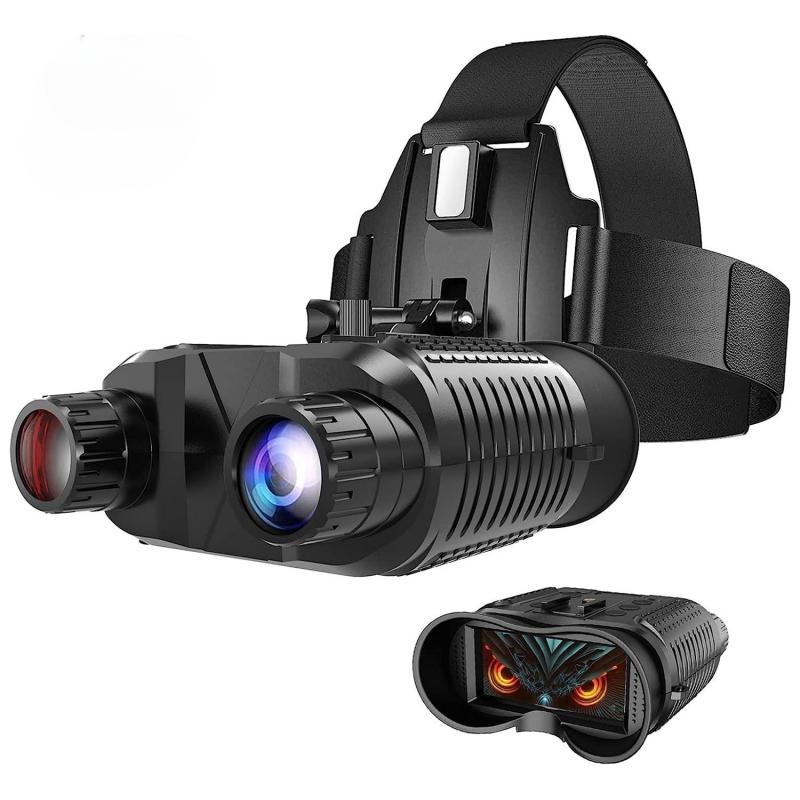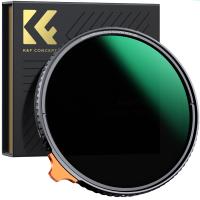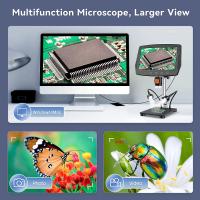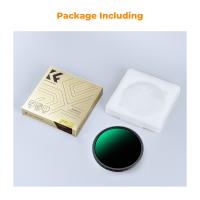What Are The Adjustment Knobs On A Microscope ?
The adjustment knobs on a microscope typically include the coarse adjustment knob and the fine adjustment knob. The coarse adjustment knob is used to make large, rapid changes in focus by moving the stage up or down. It is typically a larger knob located on the side or bottom of the microscope. The fine adjustment knob, on the other hand, is used for precise focusing by making small, incremental changes. It allows for fine-tuning of the focus to achieve a clear and sharp image. The fine adjustment knob is usually smaller and located near the coarse adjustment knob. Both knobs are essential for achieving optimal focus and clarity when using a microscope.
1、 Focus adjustment knob: Controls the sharpness and clarity of the image.
The adjustment knobs on a microscope play a crucial role in achieving a clear and focused image. One of the primary adjustment knobs is the focus adjustment knob, which controls the sharpness and clarity of the image. By rotating this knob, the user can bring the specimen into focus, allowing for a detailed examination.
The focus adjustment knob is typically located on either side of the microscope, near the base or the stage. It is designed to move the stage up and down, altering the distance between the objective lens and the specimen. This movement allows for precise focusing, ensuring that the image is sharp and clear.
In recent years, advancements in microscope technology have led to the development of more sophisticated focus adjustment mechanisms. Some microscopes now feature electronic focus adjustment, where a motorized system moves the stage automatically. This allows for more precise and controlled focusing, particularly when working with delicate or sensitive specimens.
Additionally, some microscopes now incorporate a fine focus adjustment knob, in addition to the coarse focus adjustment knob. The fine focus knob provides even finer control over the focusing process, allowing for minute adjustments to achieve the desired level of clarity.
Overall, the adjustment knobs on a microscope, particularly the focus adjustment knob, are essential tools for obtaining a clear and detailed image. Whether using traditional manual knobs or the latest electronic systems, these adjustments enable scientists, researchers, and students to explore the microscopic world with precision and accuracy.

2、 Coarse adjustment knob: Moves the stage up and down for initial focusing.
The adjustment knobs on a microscope are essential tools that allow users to manipulate the focus and clarity of the specimen being observed. One of the primary adjustment knobs is the coarse adjustment knob. This knob is typically larger and located on the side or bottom of the microscope. Its purpose is to move the stage up and down, allowing for initial focusing of the specimen.
The coarse adjustment knob is designed to make larger, more noticeable adjustments to the focus of the microscope. By turning the knob clockwise, the stage moves upward, bringing the specimen closer to the objective lens. Conversely, turning the knob counterclockwise moves the stage downward, creating distance between the specimen and the objective lens. This knob is particularly useful when first placing a slide on the stage, as it allows for a quick and rough focus adjustment.
It is important to note that the coarse adjustment knob should only be used for initial focusing. Once the specimen is roughly in focus, the fine adjustment knob should be used for more precise adjustments. The fine adjustment knob is typically smaller and located next to or on top of the coarse adjustment knob. It allows for smaller, more delicate movements of the stage, enabling the user to achieve a sharper and clearer focus on the specimen.
In recent years, advancements in microscope technology have led to the development of motorized microscopes with automated focusing capabilities. These microscopes often have electronic adjustment knobs that can be controlled with a joystick or computer software. This allows for even more precise and controlled focusing, making it easier for researchers and scientists to capture high-quality images and data.
In conclusion, the adjustment knobs on a microscope, particularly the coarse adjustment knob, are crucial for achieving initial focus. While the coarse adjustment knob allows for larger adjustments, the fine adjustment knob is used for more precise focusing. With the advent of motorized microscopes, electronic adjustment knobs have become increasingly common, providing researchers with even greater control over focus and clarity.

3、 Fine adjustment knob: Allows precise focusing for detailed observations.
The adjustment knobs on a microscope are essential tools that allow users to achieve clear and detailed observations of microscopic specimens. One of these knobs is the fine adjustment knob, which plays a crucial role in achieving precise focusing.
The fine adjustment knob is typically located on the side of the microscope and is used to make small, incremental changes to the focus of the specimen. By turning the knob, the user can bring the specimen into sharp focus, allowing for detailed observations of its structure and characteristics. This knob is particularly useful when working with high magnification objectives, as even the slightest movement can cause the specimen to go out of focus.
The fine adjustment knob is designed to provide smooth and controlled movements, enabling users to make precise adjustments without disturbing the position of the specimen. It allows for fine-tuning of the focus, ensuring that the image remains clear and sharp.
In recent years, advancements in microscope technology have led to the development of motorized fine adjustment knobs. These knobs are electronically controlled and offer even greater precision and ease of use. With motorized fine adjustment knobs, users can achieve precise focusing with minimal effort, making the observation process more efficient and accurate.
Overall, the fine adjustment knob on a microscope is a vital tool for achieving detailed observations. Whether it is a traditional manual knob or a motorized version, this adjustment mechanism allows users to bring their specimens into sharp focus, enabling them to explore the microscopic world with clarity and precision.

4、 Condenser adjustment knob: Adjusts the height of the condenser for optimal illumination.
The adjustment knobs on a microscope are essential tools that allow users to fine-tune the various components of the microscope for optimal viewing and imaging. One of these important knobs is the condenser adjustment knob. The condenser is a lens system located beneath the stage of the microscope that focuses and directs light onto the specimen being observed.
The condenser adjustment knob allows users to adjust the height of the condenser, which in turn controls the amount and angle of light that passes through the specimen. By adjusting the condenser height, users can optimize the illumination of the specimen, ensuring that it is evenly lit and providing clear and detailed images.
In the latest point of view, advancements in microscope technology have led to the development of more sophisticated condenser adjustment knobs. Some modern microscopes now feature motorized condenser adjustment knobs, allowing for precise and automated adjustments. This not only enhances the convenience and ease of use for users but also improves the accuracy and consistency of the illumination settings.
Additionally, some microscopes now come equipped with advanced condenser systems that have built-in adjustable diaphragms. These diaphragms allow users to control the size of the aperture, further fine-tuning the illumination and contrast of the specimen. This feature is particularly useful when observing specimens with varying levels of transparency or when using different imaging techniques.
In conclusion, the condenser adjustment knob on a microscope is a crucial tool for optimizing the illumination of the specimen. With advancements in technology, modern microscopes now offer more sophisticated condenser adjustment options, such as motorized knobs and adjustable diaphragms, providing users with greater control and precision in their observations.










































There are no comments for this blog.